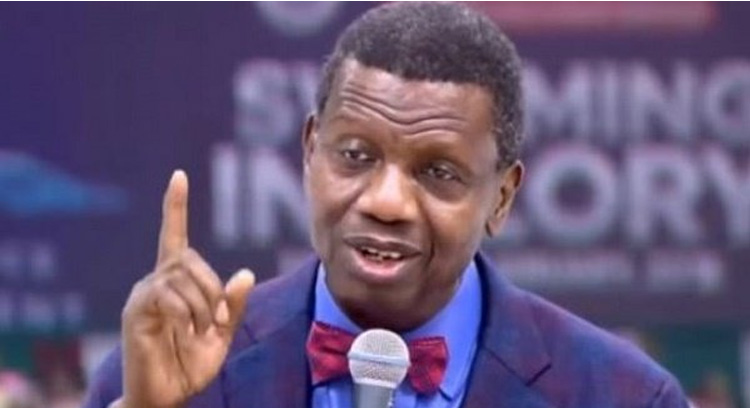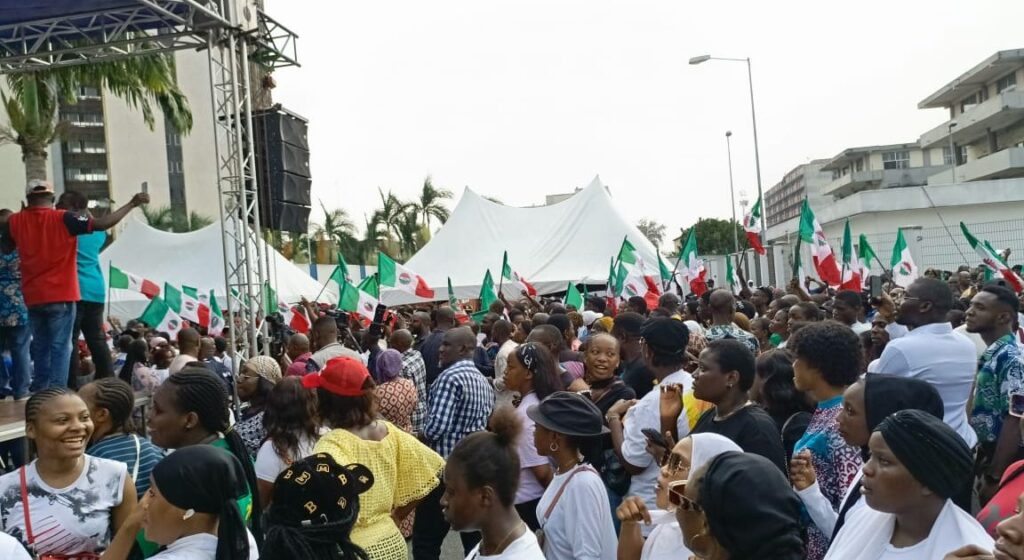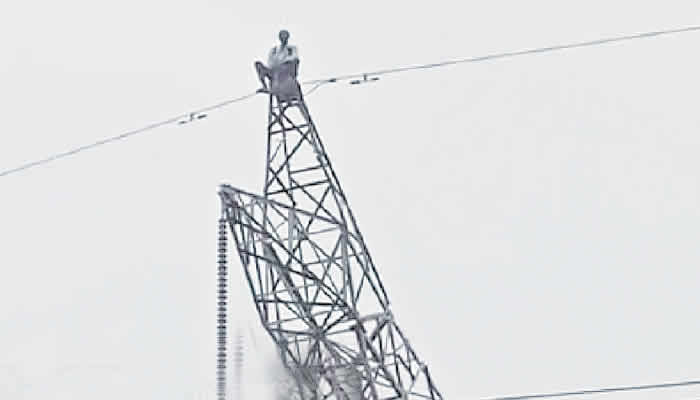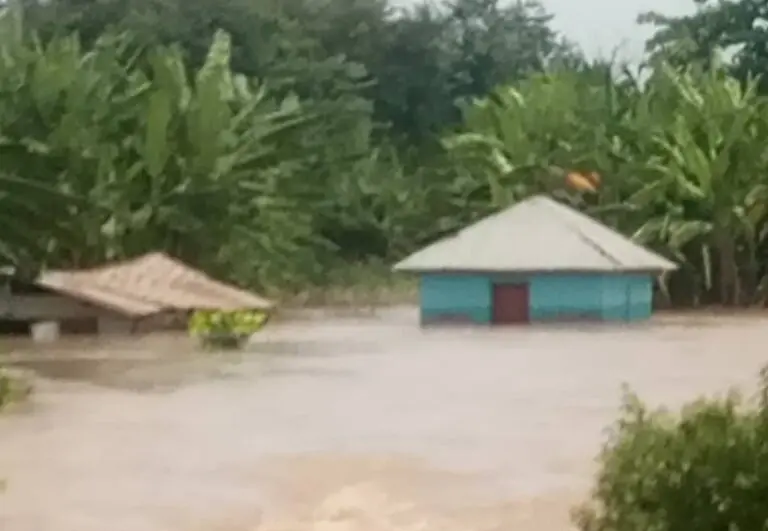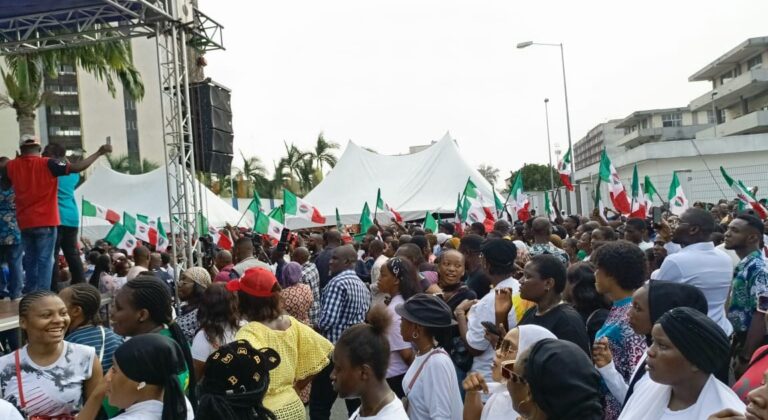“””
“””
The Syrian rebel faction set fire to the mausoleum of Hafez al-Assad, the late President and father of ousted leader, Bashar al-Assad, in Qardaha, Latakia Province, on Wednesday.
The site considered a symbol of Assad’s Alawite stronghold, was stormed and partially destroyed, with footage captured by AFP showing flames engulfing the gravesite.
The Syrian Observatory for Human Rights confirmed the incident, attributing the attack to opposition fighters amid the rapid collapse of Bashar al-Assad’s government.
This follows a successful rebel push from their northwestern strongholds to Damascus, ending the decades-long rule of the Assad family.
Iran’s Supreme Leader Ayatollah Ali Khamenei, a staunch ally of the Assad regime, denounced the developments as a “joint US-Israeli plot” aimed at weakening Iran’s anti-Israel “axis of resistance.”
READ ALSO:
Khamenei dismissed concerns about Iran’s diminishing influence, asserting that Tehran remains “strong and will become even more powerful.”
The fall of Assad marks a significant geopolitical shift, impacting Iran’s strategic alliances in the region.
Assad had played a crucial role in facilitating Iran’s support to Hezbollah in Lebanon, bolstering the “axis of resistance” that includes Hamas, Houthi rebels in Yemen, and Shia militias in Iraq.
Khamenei criticized regional and international forces for pursuing divergent interests in Syria, accusing neighbouring states, particularly Turkey, of contributing to Assad’s downfall.
Turkey has supported opposition forces and maintains a military presence in northern Syria, while the U.S. and Israel have reinforced their positions in the region.
The fall of the Assad regime shows the end of an era, signalling uncertain prospects for Syria’s future and the broader Middle East.
Iranian influence in Syria now faces significant challenges as the power vacuum reshapes regional dynamics.







